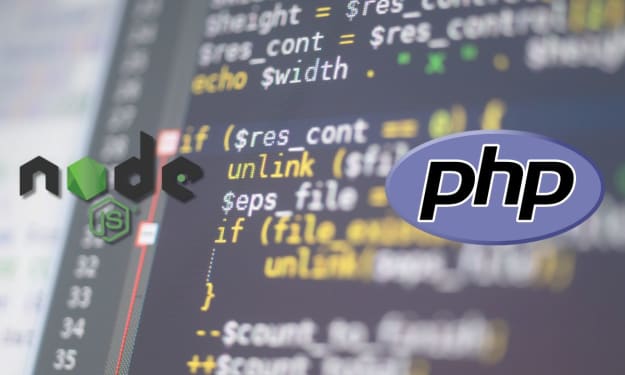
An multidisciplinary area known as data science takes raw data, evaluates it, and finds patterns that can be utilised to derive insightful information.
Data analysis, data visualisation, deep learning, statistics, machine learning, computer science, and other technologies form the basis of data science.
The significance of data has led to a rise in popularity for data science over time. Data is viewed as the new oil of the future, and when correctly evaluated and utilised, it may be very advantageous for stakeholders.
A data scientist is also exposed to work in a number of fields, using cutting-edge technologies to solve challenges that are practical in the real world.
In this article, we will look at the most frequently asked Data Scientist Interview Questions, which will be useful for both aspiring and experienced data scientists.
Data Science Interview Questions
Q1. What is Data Science?
A. Data Science is an interdisciplinary field that consists of various scientific processes, tools, algorithms and machine learning techniques that work to help find common patterns and gather meaningful insights from given raw input data using statistical and mathematical analysis.
Q2. What is the difference between data science and data analytics?
A. Data science is the task of transforming data through the use of various technical analysis methods in order to extract meaningful insights that a data analyst can apply to their business scenarios.
On the other hand data analytics involves testing existing hypotheses and information and providing answers to questions in order to make better and more effective business decisions.
Q3. What are the conditions of Underfitting and Overfitting?
A. Underfitting: It occurs when the model is so simple that it is unable to identify the correct relationship in the data and thus performs poorly even on test data.
Overfitting: occurs when a model performs well only on a subset of the training data. When new data is fed into the model, it fails to produce any results.
Q4. What is the difference between Eigenvectors and Eigenvalues?
A. Eigenvectors are column vectors or unit vectors with the same length/magnitude. They are also known as right vectors and Eigenvalues are coefficients that are applied to eigenvectors to give them different length or magnitude values.
Q5. When is Resampling performed?
A. It is done to ensure that the model is good enough by training it on different patterns in a dataset to ensure that variations are handled. It is also done when models need to be validated using random subsets or when labelling data points while performing tests.
Read Also: Best work from home jobs in India
Q6. What do you mean by Imbalanced Data?
A. When data is distributed unequally across different categories, it is said to be highly imbalanced. These datasets cause an error in model performance and inaccuracy.
Q7. Are there any differences in the expected and mean values?
A. There aren't several differences between these two, but it's important to note that they're used in different contexts. In general, the mean value refers to the probability distribution, whereas the expected value is used in contexts involving random variables.
Q8. What do you mean by Survivorship Bias?
A. This bias refers to a logical error that occurs when focusing on aspects that survived a process and ignoring those that did not work due to a lack of prominence. This bias can lead to incorrect conclusions.
Q9. Define the variables that cause confounding effects.
A. These variables are a type of extraneous variable that influences both independent and dependent variables, resulting in incorrect association and mathematical relationships between variables that are associated but not causally related to each other.
Q10. What is the confusion matrix?
A. It is a matrix with two rows and two columns. It receives four outputs from a binary classifier. It is used to calculate specificity, error rate, precision, accuracy, sensitivity, and recall.
Q11.Define logistic regression?
A. The logit model is another name for logistic regression. It is a method for predicting a binary outcome from a linear combination of variables (referred to as the predictor variables).
Q12. Define Linear Regression?
A. Linear regression is a technique that predicts the value of a variable Y based on the value of a predictor variable X. Y is known as the criterion variable.
Q13. What is deep learning?
A. A paradigm for machine learning is deep learning. Deep learning uses multiple layers of processing to extract valuable features from input.
Q14. Define Gradient.
A. Gradient is a property measure that shows how much the output has changed in relation to a small change in the input.
Q15. Define Gradient Descent
A. The minimization algorithm know as gradient descent simplifies the activation function to its most basic form. Although it is typically simply given the activation function, it may reduce any function that is given to it.
Conclusion
In conclusion, data science is a rapidly growing field that involves extracting valuable insights from raw data through the use of statistical analysis, machine learning, and various other technologies.
How do you find these Data Scientist Interview Questions helpful for you? These questions covered fundamental concepts such as data science, the difference between data science and data analytics, underfitting and overfitting, eigenvectors and eigenvalues, resampling, imbalanced data, and more. Familiarity with these concepts will be beneficial for both aspiring and experienced data scientists preparing for interviews.
About the Creator
Flexc
Freelancing Websites in India | FlexC
Hire top freelancers online for all type of jobs across globe. On FlexC, post your jobs and then find right freelancer for your project. you can connect with us and get your work done faster.





Comments
There are no comments for this story
Be the first to respond and start the conversation.